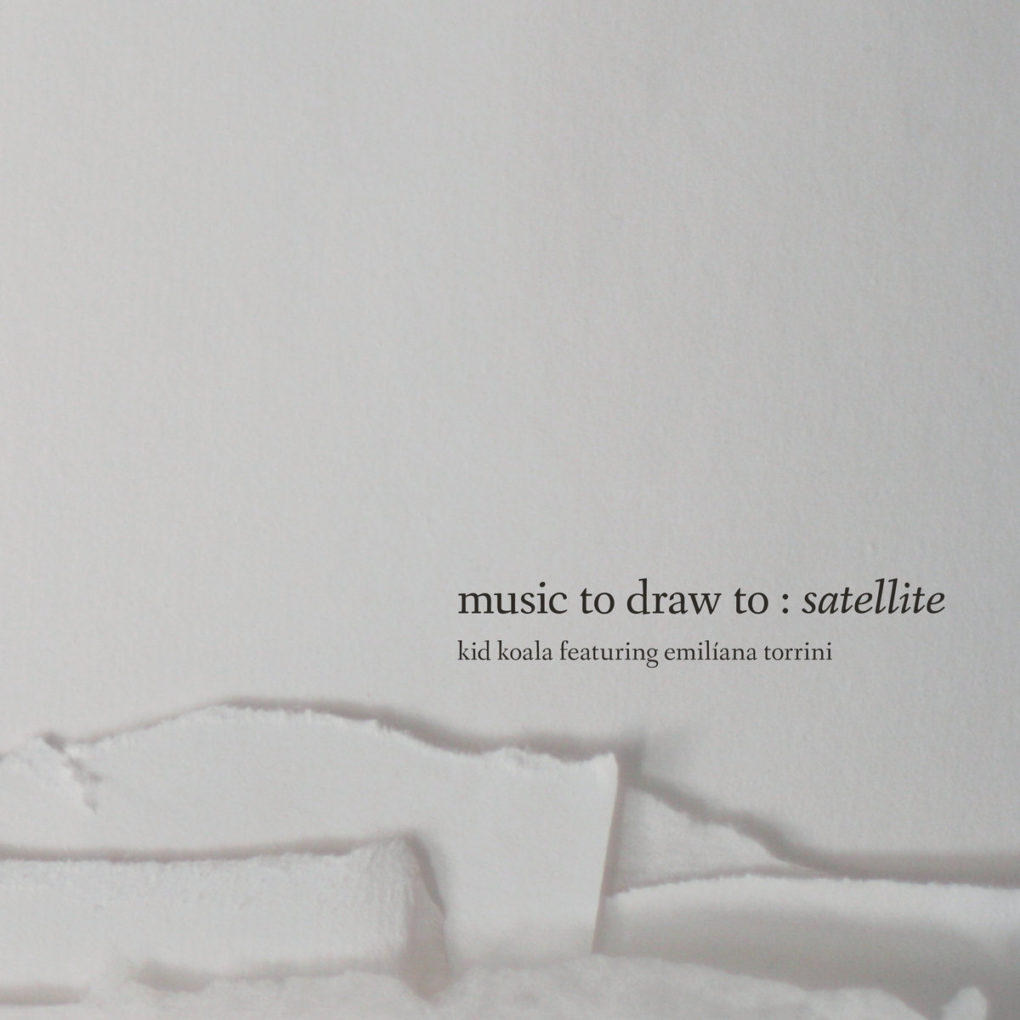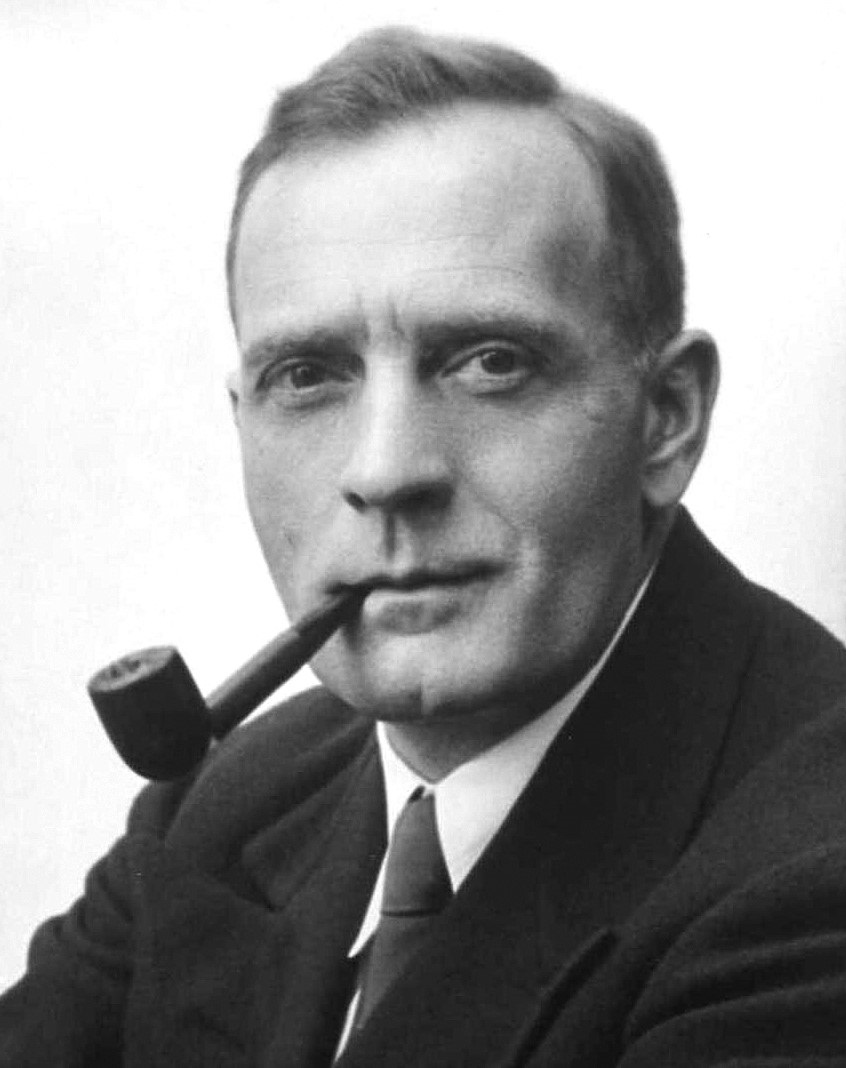There are two kinds of movie scientists.
Usually, the scientist is a minor character; a shy genius with hair and glasses askew, whose only purpose is to explain complex theorems to the much-better-looking hero of the story, who uses the information to save the world. This awkward genius character is a pathetic stereotype, and probably makes most real scientists want to leave the movie theatre in protest.
But then there’s the other type of movie scientist: the scientist who doesn’t advise the hero, but who is the hero. The handsome, athletic, and annoyingly smug scientist who has in-depth knowledge of astrophysics but is somehow also able to defeat the villain in hand-to-hand combat. This character probably doesn’t make real scientists want to leave the theatre, but at least he gives us all a good laugh at how unrealistic he is.
Except that Edwin Hubble basically was that character.
From the looks to the genius to the arrogance, Hubble feels like a character straight out of an 80s action movie. He played a variety of sports in his youth, including basketball and track. He set the Illinois state record for the high jump. He was by some accounts a decent boxer, and, by his own account, an excellent boxer. He ended up a Rhodes scholar at Oxford, where he studied law and developed a phony, and likely very annoying, English accent.
But disregarding these flaws (and this biography can give you plenty more), Edwin Hubble was certainly a first-class astronomer, responsible for the two most game-changing observations about space since Galileo: there’s more than one galaxy in the universe, and that universe is expanding.
The first observation was mind-boggling enough. The Milky Way galaxy was thought to be…well, it. Our galaxy is so enormous that light takes at least 100 000 years to get across it. So Hubble’s discovery that those little smudges that he could see through his telescope weren’t just clusters of gas and dust but actually other galaxies was incredible.
Then there was his subsequent discovery: that the galaxies he could see were getting farther away from us, and the farther away they were, the faster they were receding into the distance. This implied that at some point, everything had been much closer together, and this spawned the theory that a rather large bang had started this expansion.
It’s hard to look up into the night sky and not be amazed by these things, and it’s equally amazing that people have been able to figure out so much of the ongoing mystery of space.
I just wish that the person who’d made these discoveries was someone more likeable than Edwin Hubble.
Someone like: Eric San, aka Kid Koala.
What’s not to like? He’s Canadian, he’s independent, he does great remixes, and his stage name evokes youth and cuddly marsupials. After a decade of crafting quirky turntable masterpieces, his 2017 album Music to Draw to: Satellite was a far more relaxed affair, packaged with a sketchbook, so you really could draw to the music. Seven of its tracks featured vocals by Emiliana Torrini, and their collaboration somehow feels like a low-energy equivalent of the Postal Service’s 2003 debut.
All of the album’s tracks are space-themed, and this one is definitely made for stargazing.
What makes this a beautiful song:
1. The opening deep-space pulse.
2. The twinkling stars that fade in after 20 seconds.
3. The guitars, a bit further back in the mix, making sure the song isn’t entirely synthetic.
Recommended listening activity:
Looking at your bedroom ceiling through the wrong end of a telescope.

